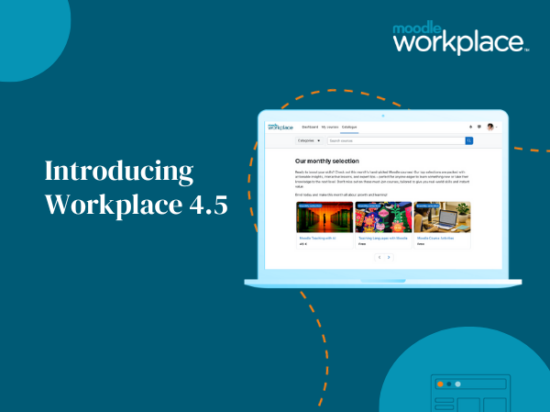You have to train your staff, but you have to do it within budget. We all work within the constraints of small budgets with big ideas, but there are ways you can reduce the cost of your e-learning budget without sacrificing content or a positive learning experience. Here’s how…
1. Source your own subject matter expert
Your organisation will have the expertise you need to access in providing you with relevant content, context, as well as trends you should know about when designing your course. Search in-house for your own SME and this will help drive some of your elearning costs.
2. Knowledge depository
Most, if not all, departments have a depository where they save process documentation and guidance. Ask managers if you can have access to these and create a central depository, which your instructional designer can use. This will help the instructional designer tailor a needs analysis to match
3. Instructional job aids
Don’t overlook the use of a job aid, they are relevant to the job and easy to update.
4. Technology tools
Research the market for the best technology that is appropriate to your needs. If you need to revise and update your content, a rapid development tool may be more relevant to you. Most tools have a 30-day trial period (check out Articulate Suite and Captivate) — make the most of it. Try the free tools such as Audacity for audio editing, if you need to embed sound in your course. Use staff to record any audio rather than hiring a voice actor. You can source graphics from Wikimedia Commons or even design your own graphics.
5. Design your elearning content in chunks
This will help you recycle and reuse these learning chunks elsewhere — this works well for activities.
6. Use the relevant technology
Think about how you can use wiki’s, discussion forum, job aids, and webinars to fit the learning purpose you need to fill.
7. Know your Learning Management System
Have clear requirements about what you want your LMS to do, and ask your vendor to give you a demonstration on how to do what you want your LMS to do. Consider an open source LMS, such as Moodle — it is freely available and a user-friendly rapid development tool. My Learning Space can help you with choosing the right LMS for your training needs.
8. Tap into online professional development
The Internet is a rich resource for professional development; sign up to free online resources such as blog subscriptions, newsletters. Make connections though social media — instructional designers love sharing their experience and advice with peers.
Remember that you can tailor and customise training, not everything needs to be embedded in a course. Elearning is about sharing knowledge and giving staff the knowledge they need when they need to do their job efficiently. Sharing lessons learned, experience, tools and resources will go a long way in reducing costs for your business and help you build a resourceful team.







